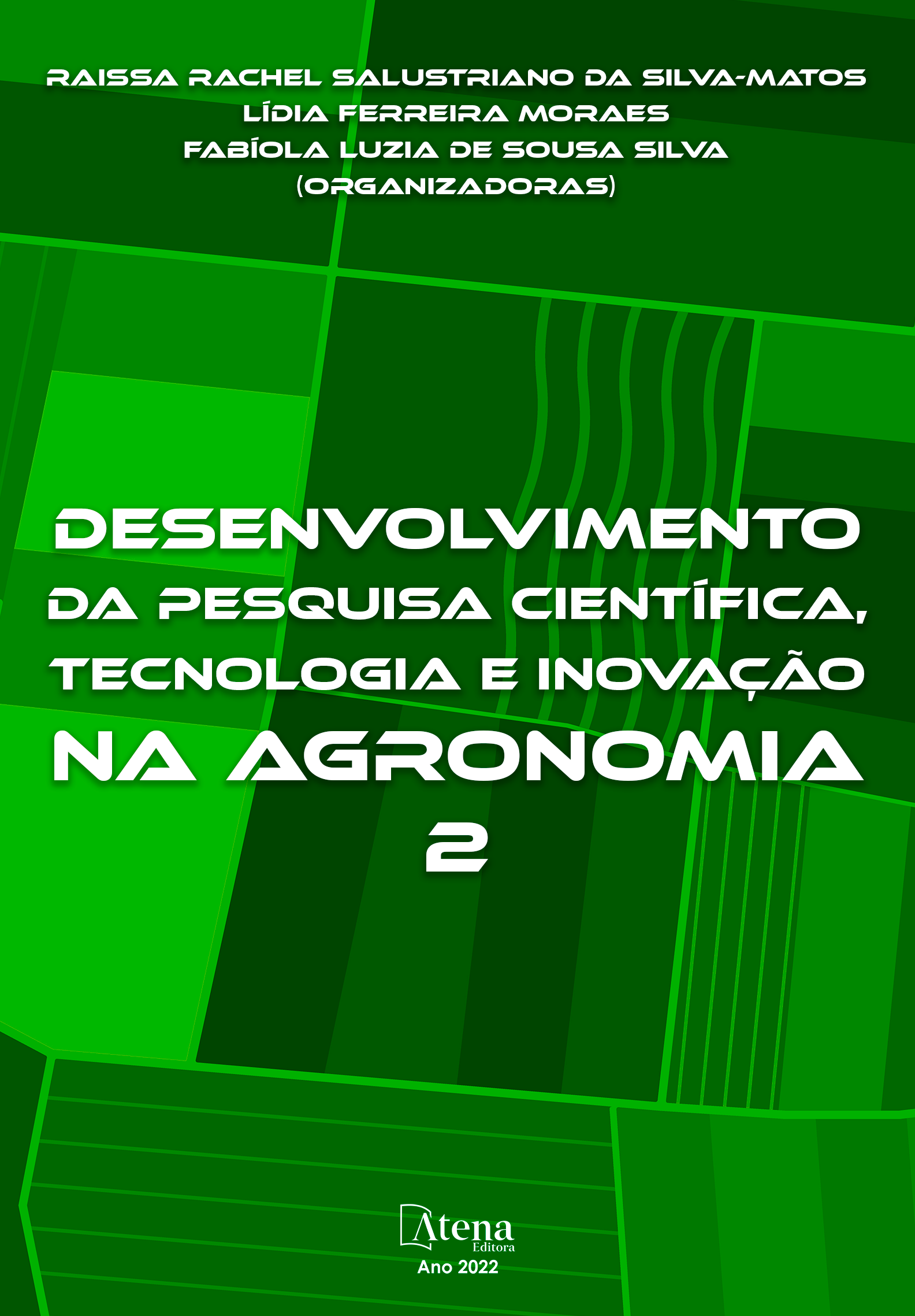
EFEITO CLONAL SOBRE O ENRAIZAMENTO DE ESTACAS DE MURUCIZEIRO
A propagação do murucizeiro por estaquia de ramo ainda não é um método consolidado e, para viabilizar o processo de enraizamento, usam-se estacas com folhas em viveiro com sistema de nebulização intermitente para que não haja desidratação das estacas e folhas. O trabalho teve como objetivo verificar o efeito de diferentes clones e concentrações do ácido indolbutírico sobre o enraizamento em estacas semilenhosas de murucizeiro. Foram usadas estacas de ramos com 20 cm de comprimento, as quais foram imersas durante 24 horas em diferentes concentrações de AIB. Os tratamentos testados foram à combinação de três clones de murucizeiro (Açu, Igarapé-Açu e São José) e cinco concentrações de ácido indolbutírico (0, 500 mg.L-1, 1000 mgL-1, 1500 mg.L-1 e 2000 mg.L-1), com quatro repetições de 15 estacas por parcela, totalizando 900 estacas. O experimento foi conduzido em delineamento inteiramente casualizado, em esquema fatorial de dois fatores. Aos 30, 60, 90 e 120 dias em viveiro, foram realizadas as seguintes avaliações: porcentagem de estacas com folhas, sem folhas, brotadas e estacas com raízes aos 120 dias. Com os resultados obtidos não foi possível detectar diferença significativa entre os clones de murucizeiro e as concentrações de AIB utilizadas no experimento. Os clones Açu e Igarapé-Açu apresentam melhor desempenho, sem uso de acido indolbutírico. Com as médias obtidas, conclui-se que não há efeito clonal para o enraizamento de estacas de B. crassifolia.
EFEITO CLONAL SOBRE O ENRAIZAMENTO DE ESTACAS DE MURUCIZEIRO
-
DOI: 10.22533/at.ed.7602223068
-
Palavras-chave: Brotação, calos, propagação, ramos.
-
Keywords: Sprouting, calluses, propagation, branches.
-
Abstract:
The propagation of Byrsonima crassifolia by branch cuttings is not yet a consolidated method and, to make the rooting process viable, cuttings with leaves are used in a nursery with an intermittent mist system so that there is no dehydration of cuttings and leaves. The objective of this work was to verify the effect of different clones and concentrations of indolebutyric acid on rooting in semi-hardwood cuttings of murucizeiro. Cuttings of 20 cm long branches were used, which were immersed for 24 hours in different concentrations of IBA. The treatments tested were a combination of three clons (Açu, Igarapé-Açu and São José) and five concentrations of indolebutyric acid (0, 500 mg.L-1, 1000 mgL-1, 1500 mg.L-1 and 2000 mg.L-1), with four replications of 15 cuttings per plot, totaling 900 cuttings. The experiment was carried out in a completely randomized design, in a two-factor factorial scheme. At 30, 60, 90 and 120 days in the nursery, the following evaluations were performed: percentage of cuttings with leaves, without leaves, sprouted and cuttings with roots at 120 days. With the results obtained, it was not possible to detect a significant difference between the murucizeiro clones and the IBA concentrations used in the experiment. The Açu and Igarapé-Açu clones present better performance, without the use of indolebutyric acid. With the averages obtained, it is concluded that there is no clonal effect for the rooting of B. crassifolia cuttings.
-
Número de páginas: 5
- Jennifer Carolina Oliveira da Silva
- Walnice Maria Oliveira do Nascimento


